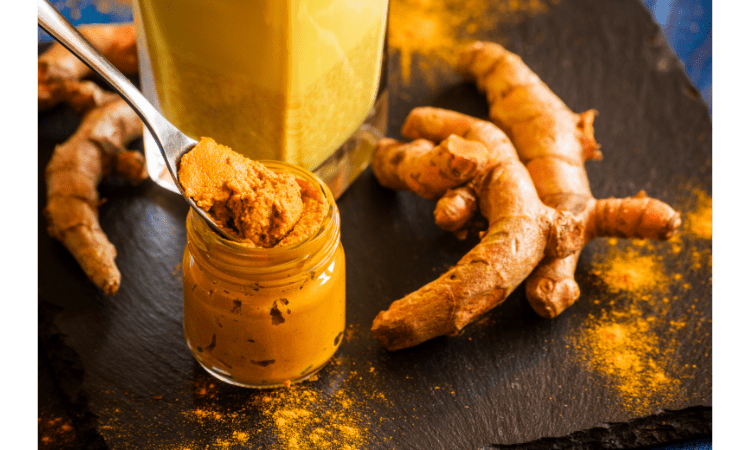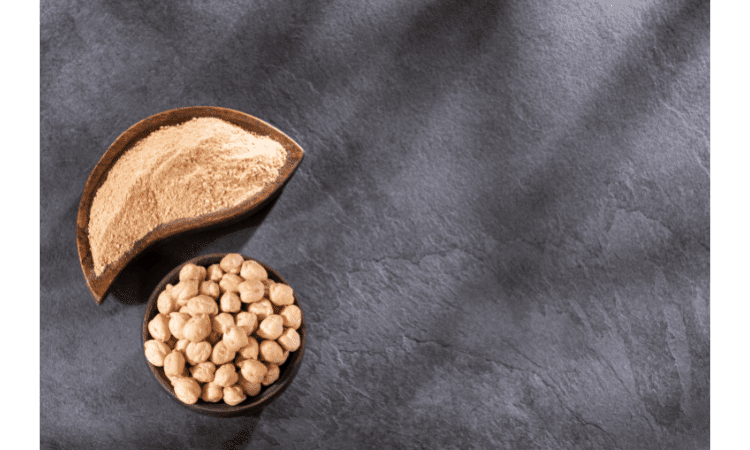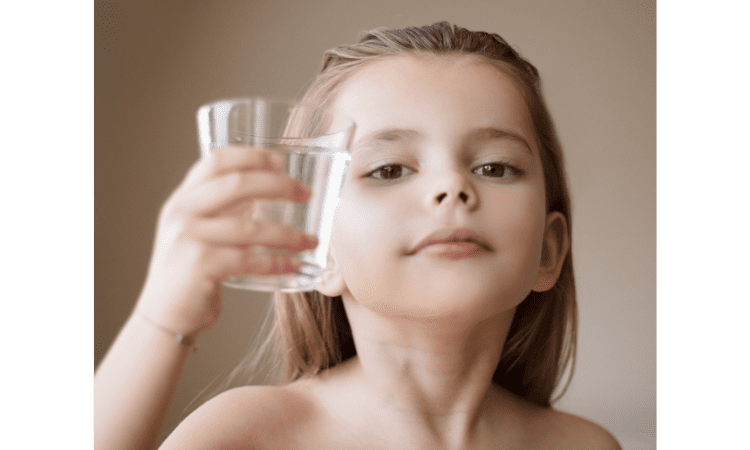
Your child’s skin is their body’s first line of defense against the world. It’s also the largest organ they have, making it an important part of their overall health and well-being. It also acts as a barrier to infection by keeping germs away from your body. Your child’s skin is vulnerable to many different problems, including dryness, sunburn, acne, and rashes. But if you want to keep your child’s skin looking healthy, you’ll need to take care of it—and that means knowing what to do and what not to do.
This article will help you learn how to improve your child’s skin health by giving them the proper care and attention they need to keep their skin healthy and glowing.
Massage your child’s skin with coconut oil

Coconut oil is a natural moisturizer and can be used to treat dry skin. It has anti-inflammatory and anti-fungal properties that soothe the skin and help it heal. You can massage your child’s entire body with coconut oil, but be careful not to get any oil in their eyes or ears. You can also apply it to their face and scalp as needed. There’s no better way to improve your child’s skin health than by massaging it with coconut oil. The natural ingredients in coconut oil are great for nourishing the skin and helping it stay hydrated, which is especially important when you’re talking about children who don’t get enough water during the day.
Also Read: The Importance of Sleep in Child Development
Apply a mixture of milk and turmeric

Children’s skin is much more sensitive than adult skin, and it requires careful attention to keep it healthy. One way to do that is by applying a mixture of milk and turmeric to your child’s face each night before bed. The milk will help moisturize the skin while turmeric helps reduce inflammation, which can lead to acne breakouts. Turmeric is known for its antibacterial properties, which makes it an effective treatment for skin conditions like acne that are caused by bacteria. It also contains antioxidants that help heal damaged skin cells. Milk is rich in proteins and minerals, which can help heal wounds and prevent infection.
The exact ratio of milk to turmeric depends on your child’s age and skin type, but one good rule of thumb is 1 tablespoon of milk for every teaspoon of turmeric. Mix them together in a small bowl or jar before applying them to your child’s face with clean fingers or a cotton ball.
Add fruits and cereals to your child’s diet

One of the best ways to improve your child’s skin health is by adding fruits and cereals to their diet. This can help to strengthen the immune system, which is responsible for protecting the body from infection. The more vitamins and minerals you consume, the better your skin will look.
Another great tip is to eat plenty of vegetables every day. Vegetables are rich in antioxidants and other nutrients that promote healthy skin. You should also make sure that your child eats at least five servings of fruit each week. A healthy diet is an essential part of keeping your skin healthy. Children who eat a balanced diet are less likely to develop skin conditions such as eczema, psoriasis, and acne. They are also less likely to be overweight or obese, which can contribute to adult-onset acne and other skin conditions.
Fruits and vegetables contain antioxidants that help protect the skin against damage caused by the sun. They also provide vitamins A and C, which are important for healthy skin and hair growth. Cereals are another great source of antioxidants and vitamins that can help keep your child’s skin healthy. Cereals can also be an easy way to get your child to eat more fruits and vegetables each day.
Apply chickpea flour on the skin of the child

Chickpea flour is a great way to improve the health of your child’s skin. It has been used for centuries as a natural remedy for many ailments, including skin problems. Chickpea flour is packed with nutrients and minerals that are beneficial for your child’s health.
Chickpea flour contains protein and iron, which helps to build muscle mass in children. It also contains vitamin C, which helps to boost the immune system. The vitamin E in chickpea flour helps protect cells from free radicals and damage caused by ultraviolet rays from the sun. Chickpea flour works well as an exfoliator because it gently removes dead cells from the surface of your skin to reveal new ones underneath. In addition to these benefits, chickpea flour can prevent acne breakouts by reducing oil production in the skin and helping to remove dead skin cells from pores so they don’t clog up hair follicles. The best part about this treatment is that it is completely natural; there are no side effects or adverse reactions associated with using chickpea flour on your child’s skin.
Keep hydrated

One of the best ways to keep your child’s skin healthy is to make sure they are well-hydrated. Water is essential for the body to function properly, and it’s especially important for skin health. When children become dehydrated, their skin will become dry and flaky.
To keep your child hydrated, make sure they drink plenty of water throughout the day. You can also add juice or milk to their bottles if you feel like this will help them drink more than just plain water.
Keeping your child well hydrated is key to keeping their skin healthy. It can be hard to keep on top of your child’s water intake, especially when they’re active and playing. Make sure they’re drinking enough water by having a water bottle with a measurement guide, or by using a measuring cup to make sure they’re getting enough.
Apply a mixture of curd, tomato extract, and oatmeal

If you want to improve your child’s skin health, try this simple mixture of curd, tomato extract, and oatmeal.
Curd is a great moisturizer and has anti-inflammatory properties that will help reduce the redness in your child’s skin. Curd also contains lactic acid which helps in reducing acne and other skin problems.
Tomato extract contains vitamin C which helps in healing cuts and wounds on the skin, thus helping to prevent infections. It also contains lycopene which helps in repairing damaged cells on the skin layer of your child’s body.
Oatmeal is a natural source of antioxidants that can help fight free radicals from harming our bodies. It also has anti-inflammatory properties which means it can help reduce redness in the skin due to allergies or other causes like sunburns etc.
You can mix these ingredients together in a bowl, apply them to your child’s face with a cotton ball or soft cloth, and let it sit for about 15 minutes before rinsing off with warm water. This process should be repeated once per week for the best results.
Massage with olive oil & almond oil

Olive oil and almond oil are both fantastic for your skin. They’re rich in antioxidants, which help protect your skin from free radicals that can age your skin prematurely. Olive oil is one of the best natural skin moisturizers and it’s great for babies and kids. It can also help keep your child’s skin soft and hydrated in cold weather, as well as prevent chapped lips. Almond oil is anti-inflammatory and contains vitamin E, which makes it great for treating acne, eczema, or any other skin conditions. Massaging your child’s face or body with these oils will help to encourage blood flow, which is good for overall skin health.
The best way to do this is by applying a small amount of olive or almond oil to your hands and then rubbing them together until they’re warm. Then, press your hands firmly into the skin on your child’s face (or wherever you want), moving in circles until the oil has been absorbed by their pores. You can do this as often as you like.
Conclusion
In conclusion, there are a lot of things you can do to help your child improve their skin health. There are also many things that you can do as well. You may not be able to prevent all of the problems that affect your child’s skin, but if you start early and take care of them as best you can, then they will have a much better chance of having healthy skin than someone who does not take care of their skin at all.











